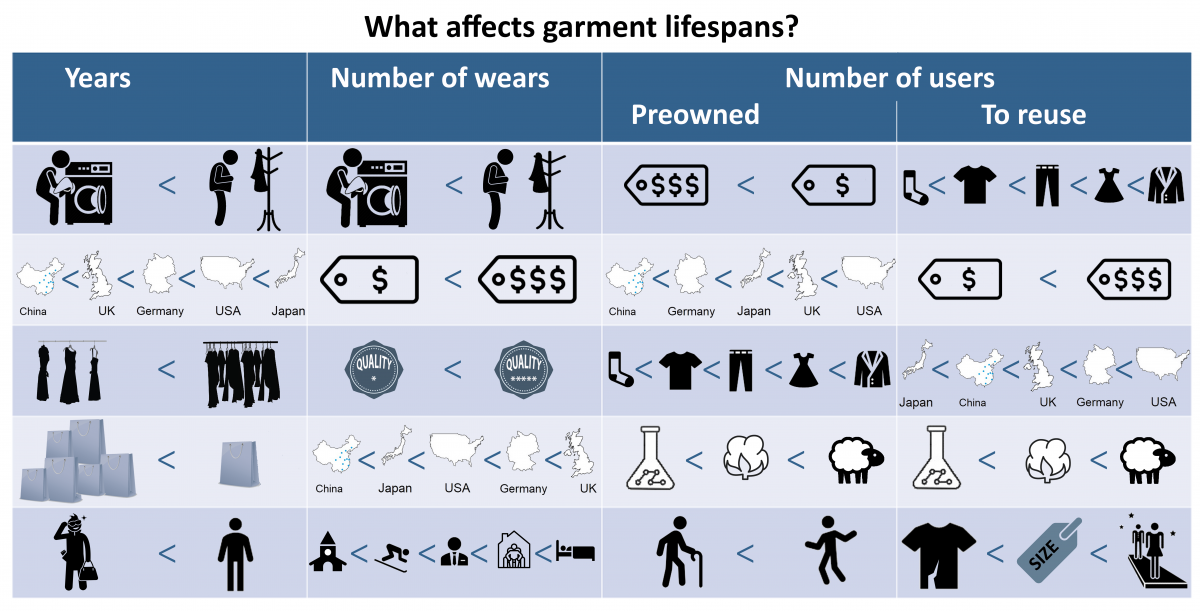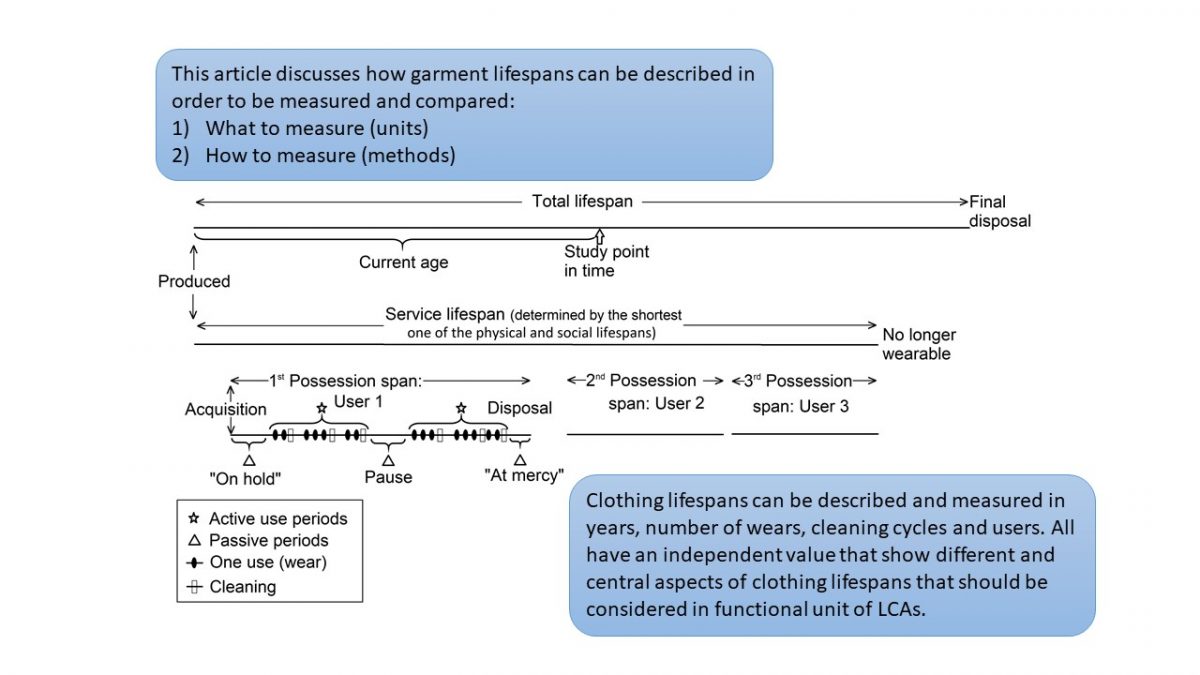Durable or cheap? Parents’ acquisition of children’s clothing
Ingun Grimstad Klepp & Vilde Haugrønning
Abstract
Parents are faced with a plurality of choices and concerns when it comes to the acquisition of clothing for their children. This paper explores how parents employ longevity in consumption of children’s clothing from a practice-oriented perspective. The material consists of 6 focus groups with 40 parents who have at least one child under the age of 18. The aim of the groups was to establish children’s clothing needs: how many they need of each garment, how long parents expect the garment to last and what they understand as quality in clothing.
The analysis shows that parents mainly opt for an ‘one or the other’ strategy; they choose what they understand as quality, often affiliated with specific brands, and accept paying more for the garment, or they mainly choose based on low prices, and expect less of the garment. Quality is evaluated based on the garments’ durability and function. More specifically, the parents measure the service lifetime of a garment based on the number of seasons it lasts, either in terms of wear and tear or the child growing out of it. The expected lifetime is defined by uncertain sources, from their own and friends’ experiences, and their desire to justify their own choices as well as routinised practices.
Our discussion section employs these findings and contextualise them within product lifetime discourses. By doing this, we provide knowledge about how quality is understood, and how brand and price are used as indicators. We show how lack of information about products, especially on garments, leads to uninformed consumption practices that have consequences for how quality and longevity are prioritised and understood.

